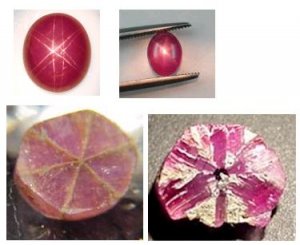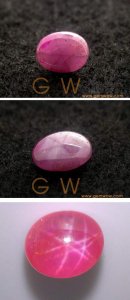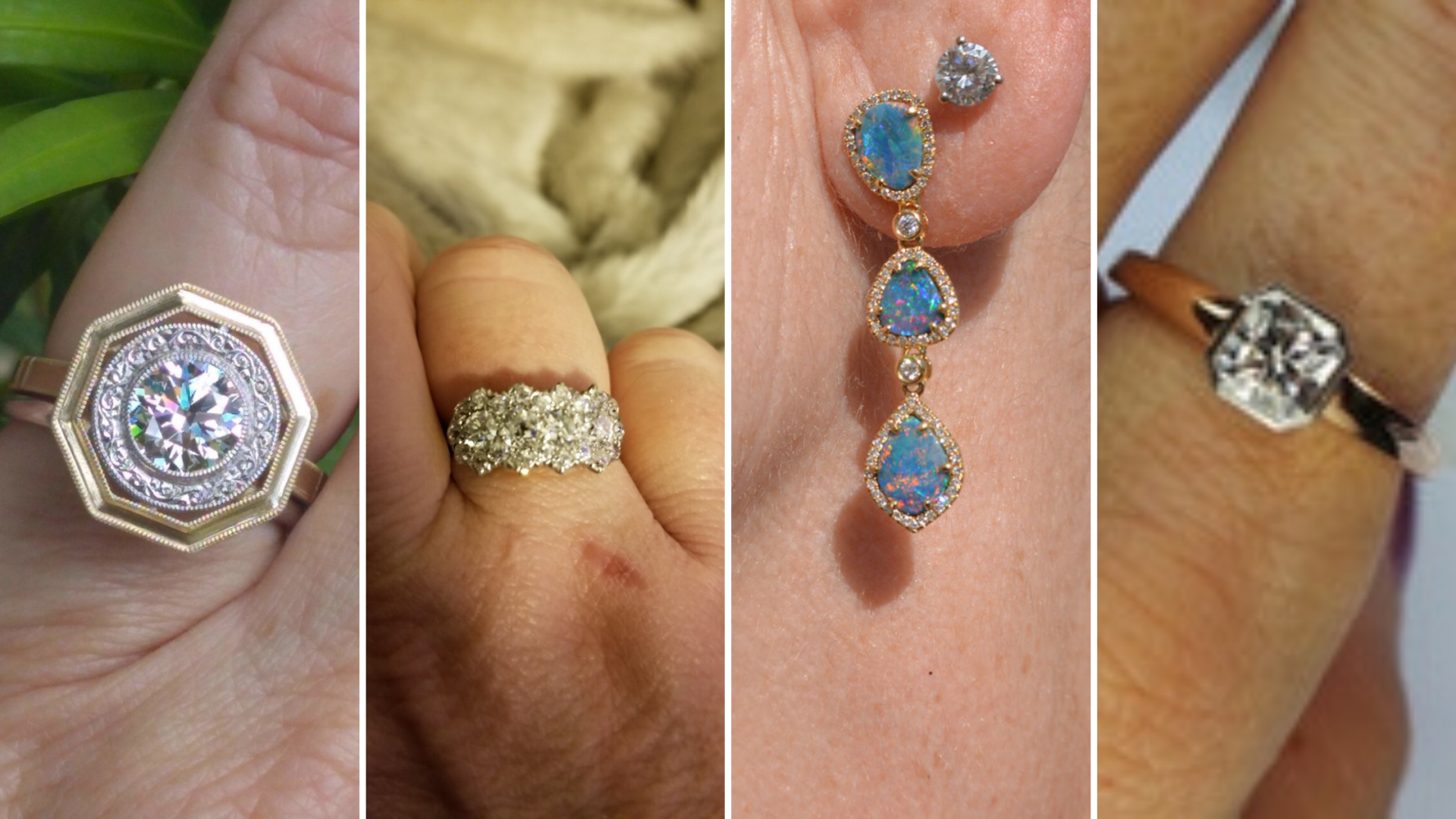TooMuchInformation
Rough_Rock
- Joined
- Oct 24, 2003
- Messages
- 96
So, quick question. I''m reading about colored stones and such, and the star ruby / saphire / etc. has me a little confused.
What do these look like in person? I''ve seen pictures, but does the star "change position" depending on what angle you''re looking at it, or is it simply equal to painting a star on a stone and moving it around (it stays in the same place regardless of perspective)?
What do these look like in person? I''ve seen pictures, but does the star "change position" depending on what angle you''re looking at it, or is it simply equal to painting a star on a stone and moving it around (it stays in the same place regardless of perspective)?









300x240.png)